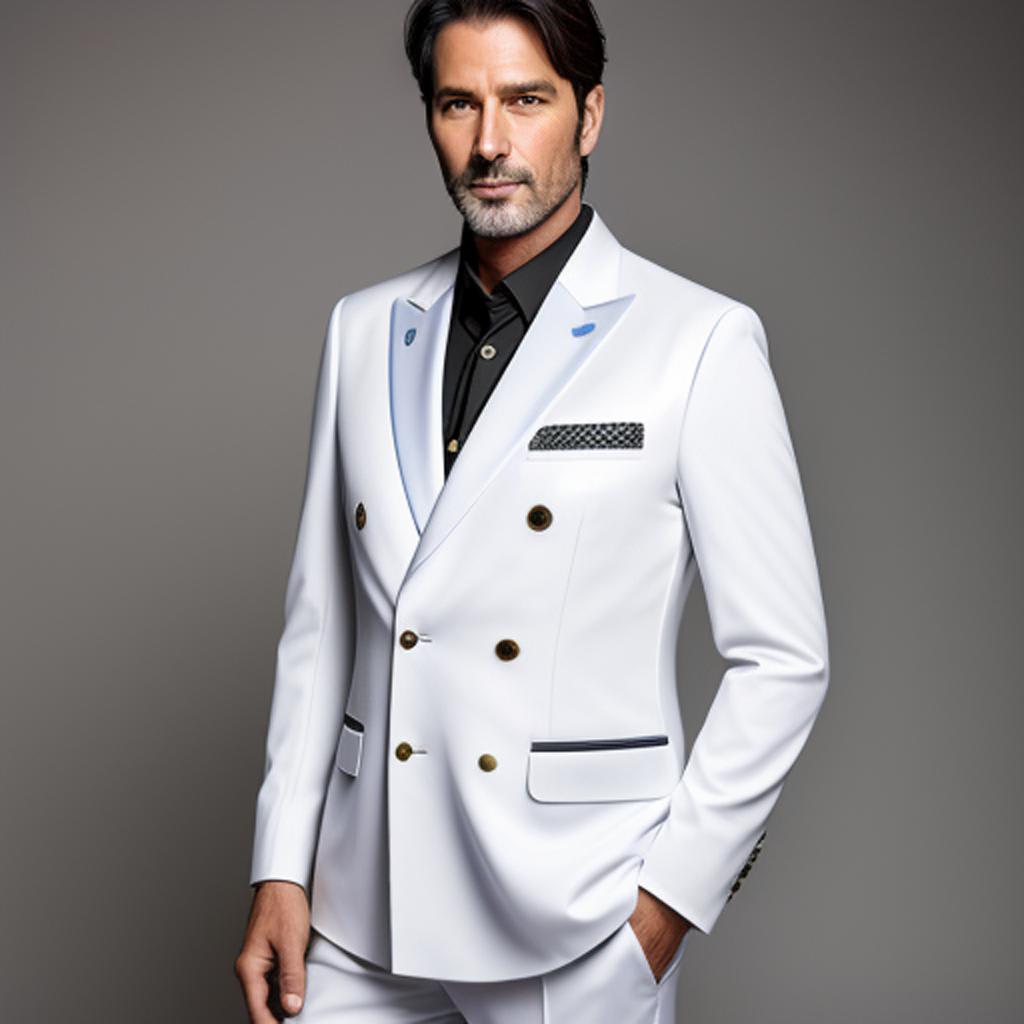Breaking Down Barriers: The Future of Music Accessibility By Daniel Siegel Loanso
Future of Music Accessibility

Introduction
The integration of live music and festivals in the modern times is yet another vibrant part of our culture today. Beloved music festivals around the world, for instance, Coachella Valley Music and Arts Festival have taken over the modern sphere. Such extremely glamorous affairs in the music industry are not always a source of contentment for all. Inclusivity has been a stagnant issue for a very long time now. Given that oftentimes, the d/Deaf and hard-of-hearing community often gets overlooked at times. The integration of music in our daily lives is more than just beats and harmony.
Going back a couple years ago, compulsive barriers to music accessibility have existed in several forms. For instance, targeting the geographical, financial, physical and technological spheres. As quoted by Petar Kodzas, “TEDm stands for Technology, Entertainment and Design & Music.” — -denoting the futuristic representation of music. Believing that music is as important as anything else in life. Music knows no bounds of beauty when it comes to sharing it with others. Thus, it allows one to enrich themselves through their music enriching others.
Dive Down The Dynamic History of The Music Industry
The Creative interaction of music has been diminishing in the past 20 years or so. Discovering music in today’s time and age through the three lenses of TEDm: Technology, Entertainment and Design & Music can be justifiable.
- Technology Unveiled
For evidential reasons, technology has been one of the most important factors contributing to the length of accessibility of music. The number of people having access to music today is larger than it ever was in the past.
Many artists, including Daniel Siegel Loanso, a credible musician who has been in this industry for a long time understands the viability of such situations. Comprehending the depth of making sure that music is accessible for everyone can be ensured by simpler ways of inclusion, for instance:
- Providing captions, transcripts, and sign language interpretations in music videos to optimum accessibility.
- The development of music can be ensured through making it compatible with the assistive technology.
- Designing accessible musical instruments can be the future of music we uphold.
- The creation of inclusive music educational programs.
- Supporting accessible music communities through thick and thin.
- Prime Entertainment
We as individuals celebrating music have evolved since ancient times. We grew out of the tradition where music was part of the ritual and that we all needed to feel the beat. Such is extended with the range of emotions we wish to elaborate and validate through listening to music.
This is best explained in the words of Daniel Siegel Loanso, “Music is about communication. If no one gets it, what’s the point? It’s easy to write something that’s complicated, but the challenge is to write something of substance that people find interesting and accessible.” Oftentimes, the comprehension of music isn’t merely enough for it to be just. The process of engaging with music must allow a plethora of emotions to be felt to form connectivity.
- Design
Reasoning with the statement that the influence of technology on dissemination of music is extremely credible. Such an idea that music can be shared with anyone and is accessible regardless of their disabilities ought to be treated normally. Such can refer to both the creation and production aspect of music and the consumption of music.
Music has duality in it, serving two masters, art and design at best. The prime subjects of art have to be aesthetically pleasing and be functional for it to be accessible. Through the conducted research, the involvement of music contributes to the emotional and intellectual development as a child. Thus, music is more about harmonies than just its mere creation.
Conclusion
The future of music isn’t merely dependent on the involvement of more people listening to music, but engaging with it. The well-known accessible mechanisms must be noted while ensuring incorporating new technologies to benefit the audience. Understanding that it is a common misconception that deafness is a disability that hinders the process of comprehending music is crucial to growth.
About the Creator
Daniel Siegel Loanso
Daniel Siegel Loanso is a versatile musician known for his soulful voice and masterful guitar skills. Daniel blends elements of jazz, folk, rock, and blues, creating a unique sound that resonates with audiences of all ages.
Enjoyed the story? Support the Creator.
Subscribe for free to receive all their stories in your feed. You could also pledge your support or give them a one-off tip, letting them know you appreciate their work.






Comments (1)
Providing captions, transcripts, and sign language interpretations in music videos, this content raises awareness about the need for a more inclusive and accessible music landscape, thank you very much for sharing, love your works, hope to read more, subscribed.